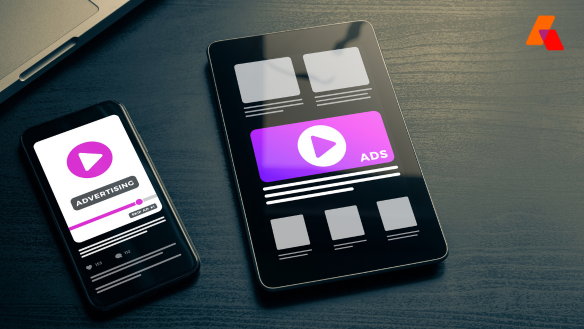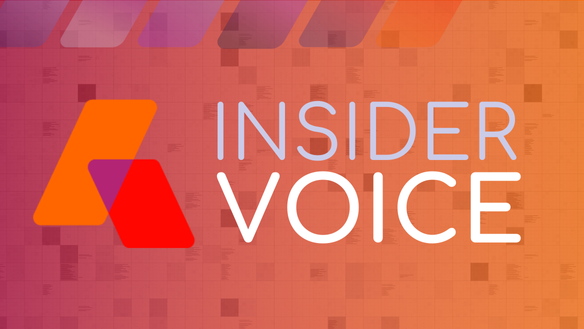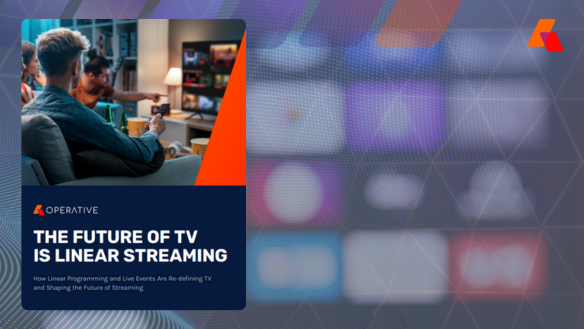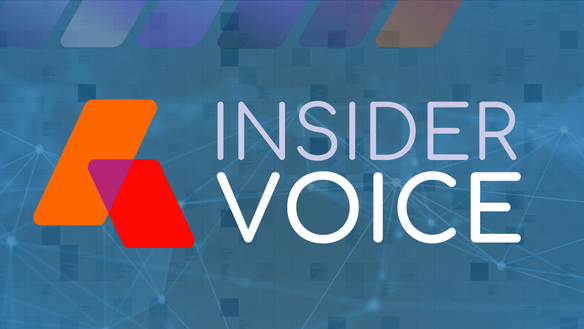Current And Future Programmatic Advertising Trends [2023]
This article dives into Programmatic Advertising, sharing some of the current trends and opportunities we see coming together to shape the future of programmatic. For those of you new to the digital advertising world, we outlined the basics of programmatic (what is it, how does it work, etc.) in an earlier article.
Programmatic Media in 2023

Programmatic media has come a long way in the last few years. It’s now ubiquitous across all digital channels, including display, video, social, and mobile and CTV. Advances in both technology and business processes have led programmatic to become an essential tool for advertisers and publishers:
- Flexible buying: Programmatic advertising started with “real-time bidding”, essentially an auction that allows multiple advertisers to bid on inventory. This gave rise to demand and sell side platforms to represent the two different sides of the auction. Programmatic has evolved to have a number of other types of buying including programmatic guaranteed and “PMPs” or private marketplace buys which give advertisers more control and transparency, enabling set prices, specific placements or other perks.
- Audience targeting: Programmatic advertising allows advertisers to reach a specific targeting audience at scale across different publishers and channels. This started with the rise of data management platforms that used data from third party cookies. Audience targeting is starting to migrate to first-party data, which tends to be more accurate.
- Cross-device advertising: It’s much easier to coordinate media buys across mobile, display and video when it is automated. Programmatic allows for much more complex media rules that can allow brands to show sequences of messages or frequency cap across channels with ease.
- Deal IDs: While deal ids emerged early in the programmatic timeline, they have become a major part of the market. Deal IDs allow sellers to package specific offers and position it and market it more easily. Deal IDs also allow buyers and sellers to recognize each other so that elements that were already agreed to can be honored through programmatic channels.
What is The Future of Programmatic Advertising?
While we’ve watched (and helped!) programmatic advertising grow significantly over the past few years, there is still plenty of room for innovation. At Operative, we see a variety of trends and opportunities that are coming together to shape the future of programmatic advertising:
- Programmatic Linear: Linear TV advertisers and sellers are embracing automation. While the technology and processes are different from traditional digital ad ecosystem, we’re starting to see the adoption of programmatic buying techniques in linear TV advertising. Some broadcasters are already experimenting with programmatic buying, enabling advertisers to buy TV ad inventory in a similar way to programmatic advertising – oftentimes through private marketplaces or programmatic guaranteed deals in order to minimize potential risk to their brand by running sub-par ads on valuable inventory.
- Connected TV and Streaming: Connected TV (CTV) and Over-The-Top (OTT) streaming have seen explosive growth in recent years, and programmatic selling is starting to follow suit. Like programmatic linear, we’re currently seeing predominantly private marketplace (PMP) models where premium inventory is made available only to select advertisers.
- Artificial Intelligence and Machine Learning: Artificial intelligence (AI) and machine learning (ML) are poised to transform programmatic advertising. By analyzing vast amounts of data, AI and ML can optimize ad targeting, placement, and pricing in real-time, improving campaign performance and reducing waste.
We’re excited to be on the forefront of innovation in the media world. Increased advertiser expectations have driven increased operational complexity for publishers. Many leading media companies are beginning to modernize operations in order to compete effectively into the future. With Operative’s AOS, they can sell more effectively, power modern operational workflows, and leverage data more comprehensively – all of which are needed to power modern media businesses.


